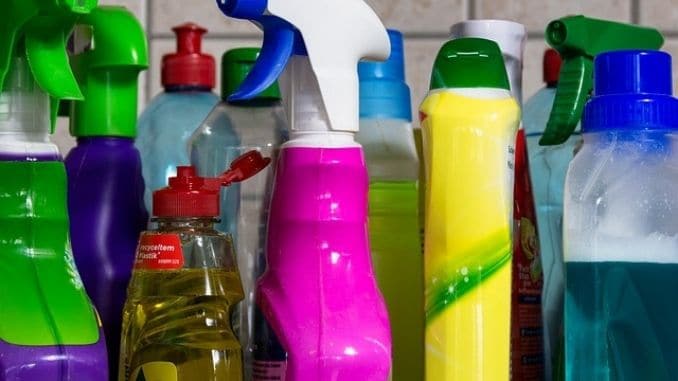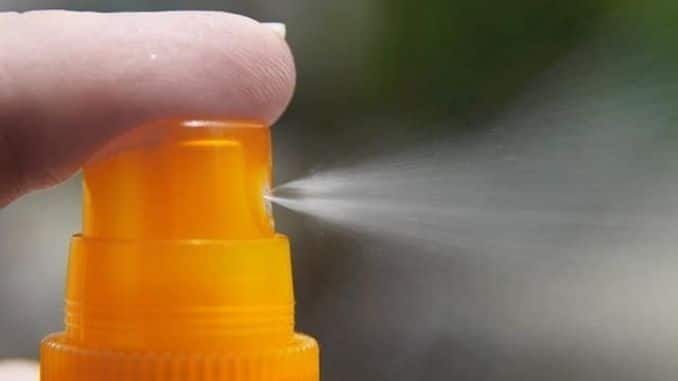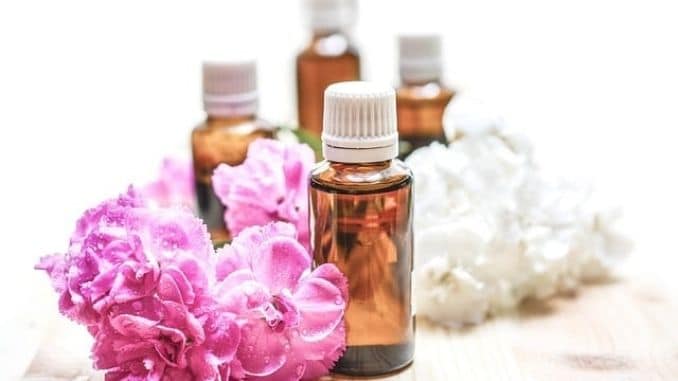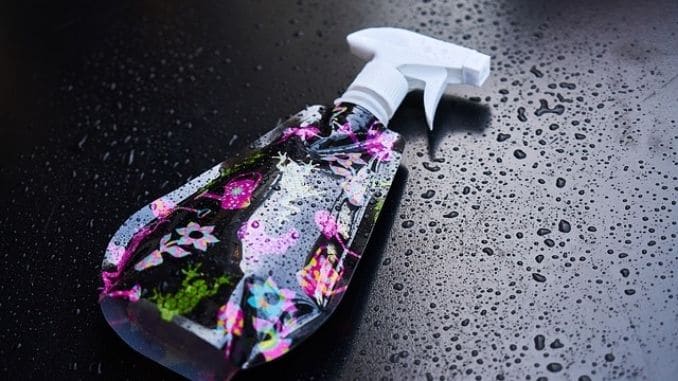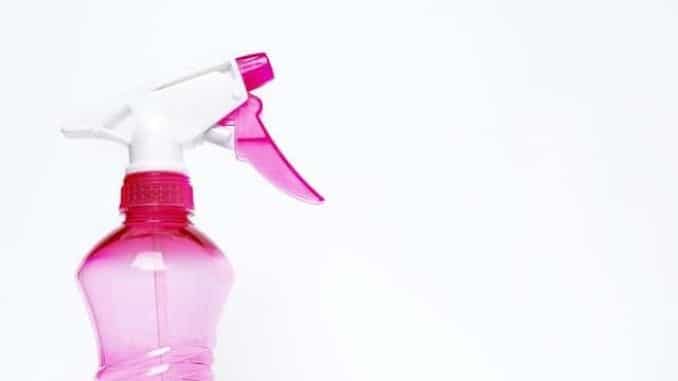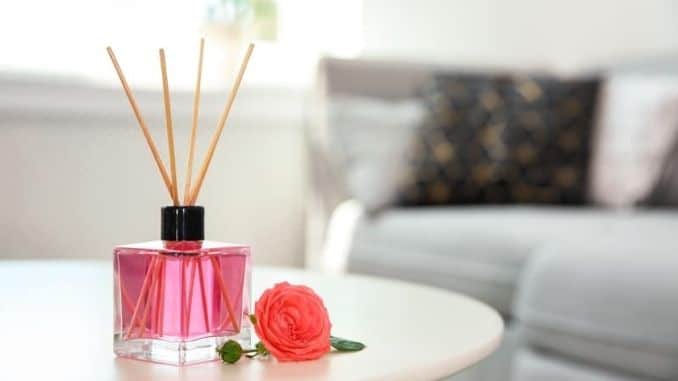
When plug-in air fresheners came onto the market in the 1990s, they became extremely popular. Along with spray air fresheners and standalone options, they offered an easy and economical way to freshen the air inside homes and other living and working spaces, and people scooped them up enthusiastically.
However, more recently, health experts have been spreading warnings about the potential dangers associated with these air fresheners. As consumers become more aware of the issues, they have sought out safer alternatives.
One of those is baking soda. Because of its unique properties, it can help absorb odors and freshen the air without exposing you or your family to toxic chemicals. If you haven’t tried this natural wonder yet in your living spaces, now is the time. You’ll not only reduce your risk of developing health problems, but you’ll also save money.
How Store-bought Air Fresheners May Put Your Health at Risk
Today’s air fresheners are available as scented oils, diffusers, solids, and gels. High-tech versions are heat-activated and can spray into the air throughout the day automatically. Most are made up of a variety of chemical compounds that have pleasant odors, and some have essential oils mixed into their solutions. Some examples:
- Liquids: These include plug-in refill bottles and reed diffusers. They typically contain fragrances and essential oils dissolved in a solvent like isopropyl alcohol. As the solution evaporates, the solvent carries the fragrance into the air.
- Solids: These usually contain the fragrance embedded in wax.
- Gels: These often contain evaporative beads that allow slow release of the fragrance.
- Aerosols: These use compressed gas propellants like butane or propane to propel the fragrance out via a mist.
According to the National Capital Poison Center, there are concerns that long-term exposure to these air fresheners may put people’s health at risk. Most of them release volatile organic compounds (VOCs) into the air. These are chemicals that turn into a vapor or gas at room temperature and have been linked to all of the following health effects:
- Eye, nose and throat irritation
- Headaches
- Kidney damage
- Liver damage
- Nausea
- Loss of coordination
- Dizziness
- Memory problems
- Cancer
The United States Environmental Protection Agency (EPA) notes that concentrations of VOCs are higher indoors ― up to 10 times higher ― more consistently than they are outdoors. They are emitted from a wide variety of products, including paints, varnishes, cleaning products, dry-cleaned clothing, pesticides, and air fresheners.
One survey of scented consumer goods — including air fresheners, dryer sheets, and all-purpose cleaners — showed that the products emitted more than 100 VOCs, including some that are classified as toxic or hazardous by federal laws. Even products advertised as “green,” “natural” or “organic” emitted as many hazardous chemicals as standard ones.
A single fragrance in a product can contain a mixture of hundreds of chemicals, some of which can react with the ozone in the air to form dangerous secondary pollutants, including formaldehyde, which is a known carcinogen. Others include acetaldehyde, 1,4-dioxane ― also a carcinogen ― and methylene chloride. These toxins have no safe exposure level, according to the EPA, and are not listed on the product labels.
In a 2016 study, researchers surveyed more than 1,000 adults and found that 34.7 percent of them reported health problems like migraine headaches and respiratory difficulties when exposed to fragranced products like air fresheners. Another 15.1 percent lost workdays or a job due to exposure to these products in the workplace.
Numerous Health Issues Noted in Studies
The National Resources Defense Council (NRDC) tested 14 commercially available air fresheners and found that 86 percent of them, including those labeled as “all-natural” or “unscented,” included chemicals called phthalates, which have been linked to hormonal abnormalities, birth defects, and reproductive problems.
When people use air fresheners, phthalates and other chemicals are released into the air. Once there, they may be inhaled, or the particles may land on the skin and be absorbed into the body. Once they enter the bloodstream, they can alter hormone levels and cause other health problems.
As a result of their findings, the NRDC suggested that consumers “may wish to avoid using air fresheners, especially in places where there are children or pregnant women.”
Considering all these issues, many people are now looking for non-toxic alternatives. Opening the window is always a good idea when possible, but you can also use baking soda to get rid of odors without the chemical dangers.
How to Use Baking Soda to Deodorize
1. Make Your Own Air Freshening Spray
Avoid Toxic Air Fresheners: Instead of exposing yourself to the chemicals present in regular air fresheners, make your own using ingredients you probably have in your kitchen right now. Mix one tablespoon of baking soda with a small amount of water ― distilled water is best ― in a bowl until well blended. You should add enough water to make a creamy liquid.
Next, pour the mixture into a spray bottle and add enough water to fill the bottle. Shake well, make sure the bottle is misting correctly, then spray the air freshener wherever you need it. Spray throughout the room to freshen the air or target specific items like your couch or mattress.
To add a nice scent to the spray, add five or six drops of your favorite essential oil or essential oil combination to the beginning baking soda mixture, then pour it into the bottle as instructed.
2. Make Your Own Tabletop Air Freshener
Avoid Toxic Air Fresheners: If you’d rather not spray your air freshener around, you can make one that you can place in any location that will work similarly to those you buy from the store.
Mix about 1/2-cup baking soda with 15 to 25 drops of your favorite essential oil in a small glass canning jar. Stir together with a spoon until completely combined, then place the lid along with a paper towel or soft cloth ― cheesecloth, cotton or linen ― over the jar. The paper or cloth will allow the scent to seep through into the air.
Place the freshener wherever needed. To refresh the scent, shake the jar a little to redistribute the contents.
3. Freshen the Carpet
Avoid Toxic Air Fresheners: You can freshen the carpet quickly by sprinkling or sifting some baking soda over the surface, allowing to sit for 15 to 30 minutes, and then vacuuming. Do this only occasionally as frequent use of baking soda alone can exacerbate odors as the grains are so small your vacuum may not pick them all up.
To create more of a scent, grind up two or three sprigs of your favorite dried herbs using a coffee grinder or blender. Keep grinding until the herbs are very fine — about the same texture as baking soda. Then, combine them with 1 cup of baking soda and 30 to 40 drops of your favorite essential oil ― or the same essential oil as the herbs you’re using ― into a glass jar with a lid.
Shake well to mix up the ingredients and allow to sit overnight. This helps the baking soda absorb the scent of the essential oils. The next day, sprinkle the freshener over the carpet and let it sit for about 15 minutes, then vacuum it up.
4. Deodorize the Drain
Avoid Toxic Air Fresheners: If your drain is emitting icky smells, mix 1/4 cup baking soda with 1/4 cup vinegar and pour it down the drain ― it will bubble up. Allow to sit for a few minutes, then rinse through with boiling water.
5. Get the Smell Out of Plastic Food Containers
Avoid Toxic Air Fresheners: If you have plastic food storage containers, lunch boxes, bottles or other similar items that are smelling, soak them in a mixture of hot water and baking soda. You can put the mixture inside the containers, then let it sit for about 30 minutes. Wash as usual.
6. Banish Odors From the Closet
If you store shoes and/or dirty clothes in the closet, you may find over time that the closet tends to absorb the odors from those items and, as a result, that it regularly smells dingy and stinky. Freshen up this area of your bedroom by opening a box of baking soda and placing it in the back against the wall or in a corner. It will help absorb the odors.
You can also freshen your clothes hamper by sprinkling a little baking soda directly into the bottom of it. If you want to avoid getting baking soda on your clothing, add some baking soda to a plastic bag, poke a few small holes in it, and then placing that in the bottom of the hamper.
7. Deodorize Shoes
Athletic shoes can get pretty rank after a while. You can make your own homemade shoe deodorizer by placing 2 tablespoons of baking soda in a small bowl, adding in five drops of your favorite essential oil, then stirring together.
Once the ingredients are well combined, sprinkle a little of the mixture into the heel of each shoe. Tilt the shoe down to distribute the powder evenly through it. Allow it to sit overnight or longer, then shake out the shoes over a trash can or outdoors. Tap the soles and sides to get all of the powder out. Your shoes will smell better.
If you don’t like putting the powder directly into your shoes, you can put it into a small piece of thin cloth-like quilting cloth, gather up the corners and tie them together, then place one in each shoe. These satchels will help kill odors for up to two weeks.
8. Make the Vacuum Cleaner Smell Better
Vacuums can sometimes spew dust into the air, leaving the room smelling worse than before you vacuumed. Cleaning out your vacuum container or changing the bag will help, but you can also use a combination of baking soda and water to clean the vacuum’s canister, hose, and filters. Rinse with warm water and allow to air dry before reassembling.
9. Freshen Furniture
To get odors out of your couch or easy chair, vacuum the item first, and then sprinkle some baking soda over the surface. Remove seat and backing cushions and set them aside, then sprinkle the fabric underneath. Let sit for 15 to 30 minutes or overnight for severe odors. Then vacuum a second time using your upholstery attachment as needed.
10. Deodorize Dresser Drawers
If you purchased an old dresser from a yard sale or inherited a set of drawers that’s been sitting in someone’s basement, you may have odors to deal with. You want to get rid of these before putting your clothes into the dresser, so the clothes don’t absorb the bad smells.
Fill several small containers like bowls with 1/4-cup baking soda each. Place one small bowl inside each drawer, close the drawer and let sit overnight. The next day, remove the baking soda and spray the inside of the drawers with a one-to-one vinegar and water mixture. Leave the drawers open so they can air out. Your dresser should now be ready to use.
For your complete guide to the best foods to eat, make sure to check out The Best Foods that Rapidly Slim & Heal in 7 Days, here!

